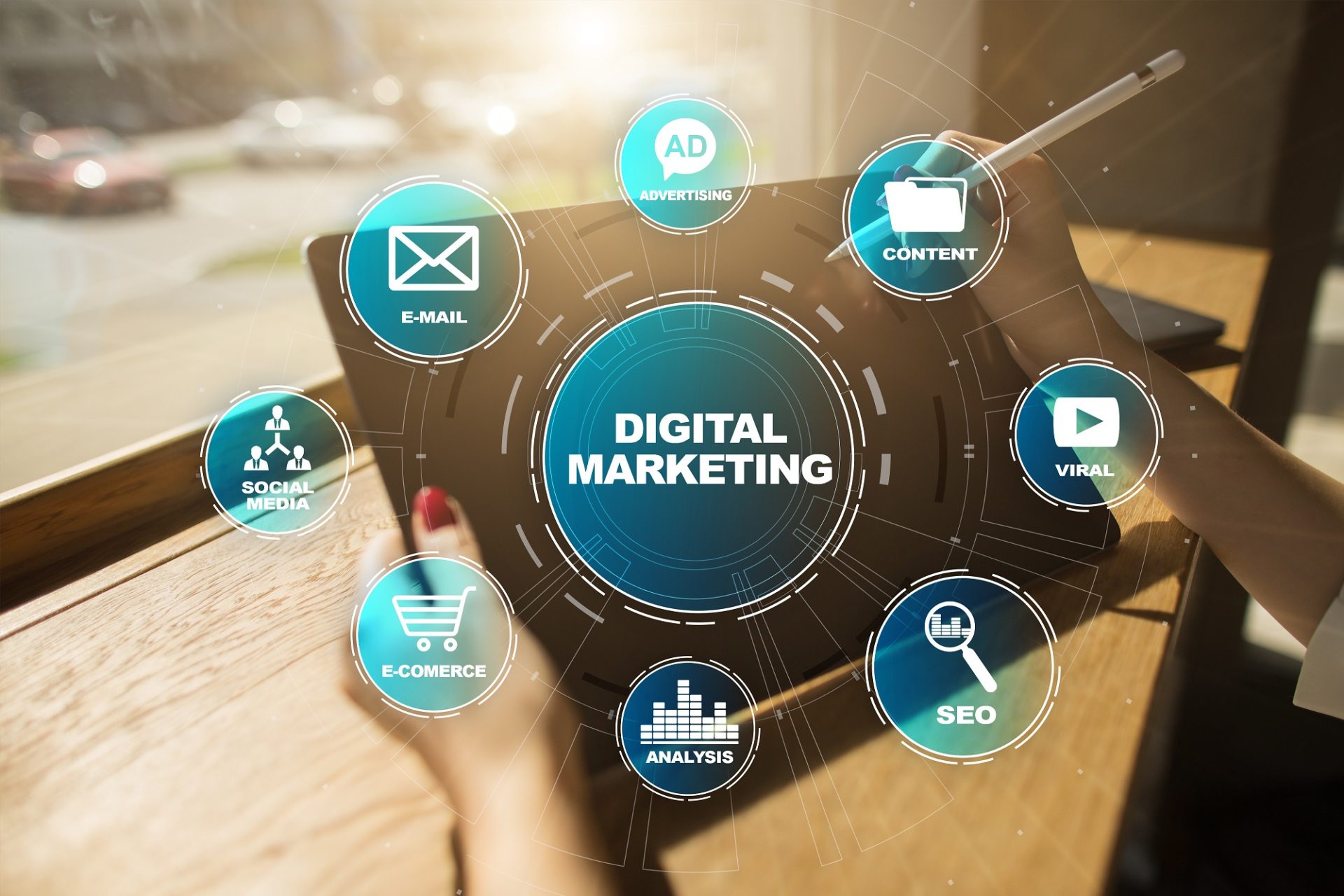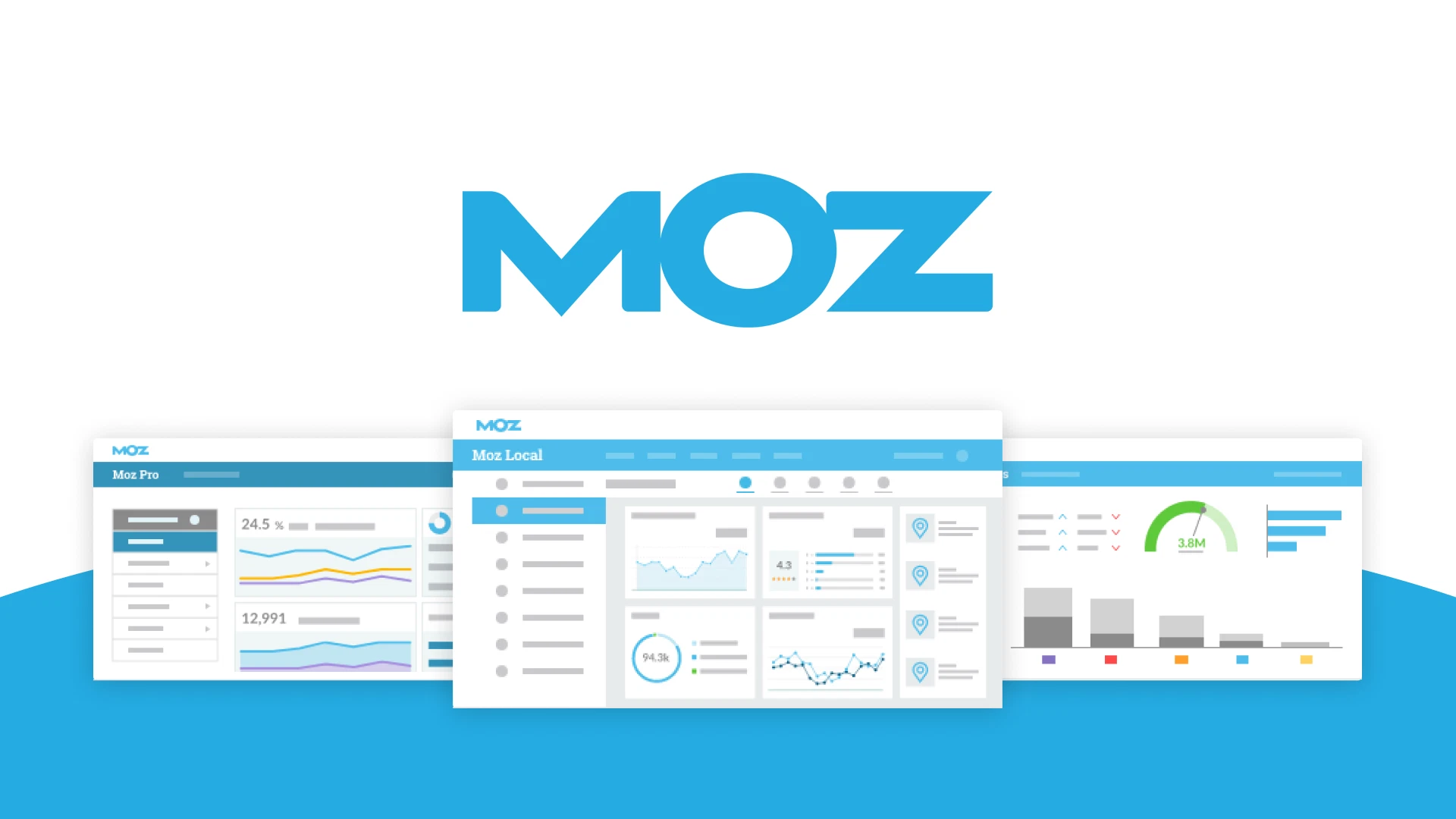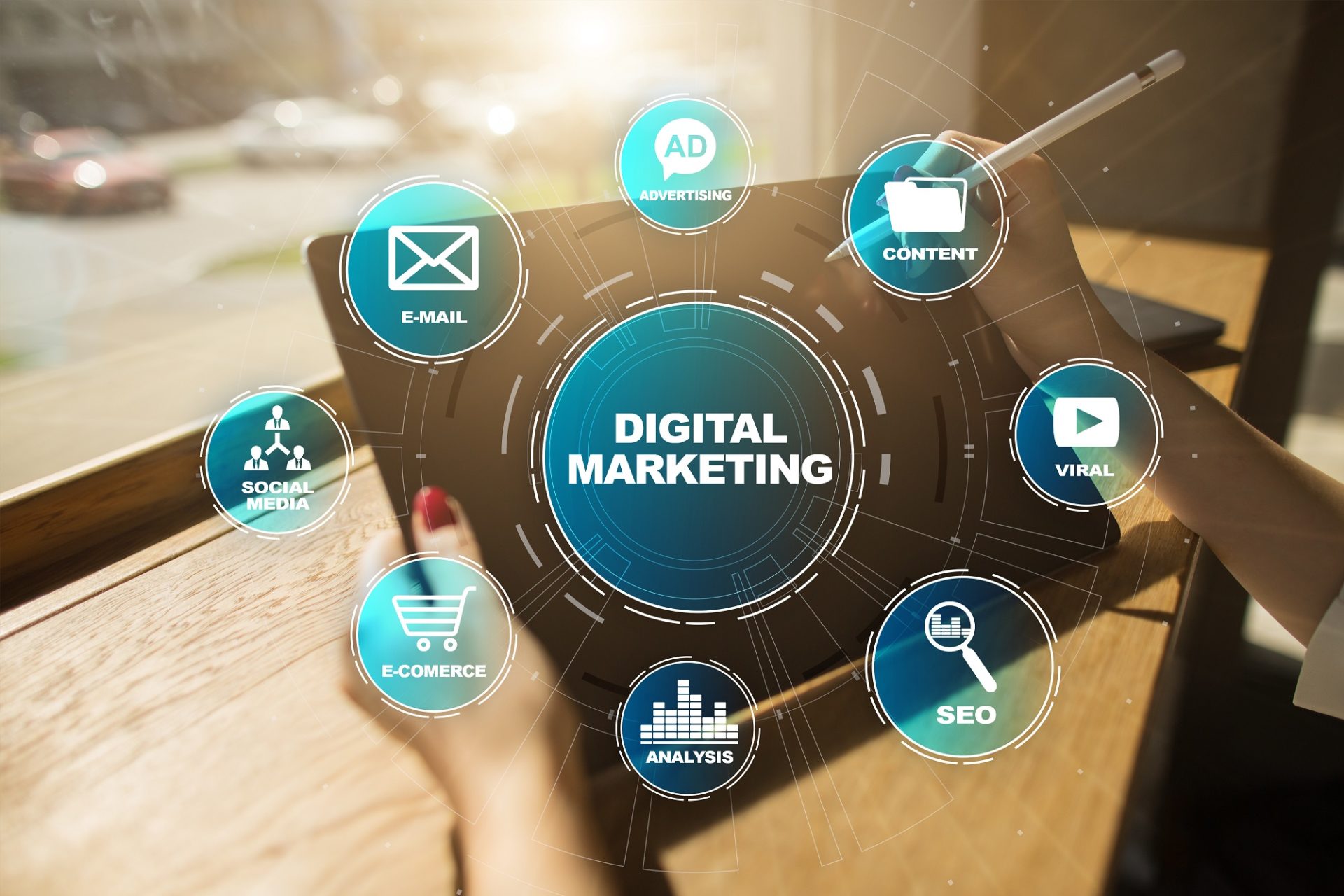What is on page SEO and off page SEO is a core component of digital marketing, focusing on enhancing a website’s visibility on search engines like Google, Bing, and Yahoo. In SEO Specialist, we help websites attract organic non-paid traffic by appearing higher in search engine results pages (SERPs). It is an intricate process that involves multiple strategies and techniques, but at its most foundational level, search engine optimization can be categorized into two broad types, namely on-page and off-page SEO. Both are essential as well as interdependent, and understanding how they work individually and together is critical for achieving long-term online success.
What is on page SEO and off page SEO ?
As we ask what is on page SEO and off page SEO, the first aspect refers to all the optimization strategies that can be implemented directly on a website to improve its search engine ranking. This includes everything that a webmaster can control on the webpage itself, such as content, HTML code, meta tags, images, internal links, and overall website structure. On-page SEO serves as the foundation of any SEO campaign because it tells search engines what a website is about and how it should be indexed.
Content is the most fundamental component for this first part of what is on page SEO and off page SEO. Search engines like Google prioritize content that is high quality, relevant, informative, and engaging. Content must not only answer the questions that users are searching for but also offer a unique value proposition. This includes optimizing for target keywords, but it goes far beyond just keyword stuffing. Modern on-page SEO focuses on natural language processing, semantic relevance, and user intent.
This first aspect of what is on page SEO and off page SEO also relies on keyword optimization, which involves placing target keywords in strategic parts of a webpage, such as the title tag, meta description, headings, URL, and throughout the body content. However, this must be done in a natural and reader-friendly way. Search engines are now sophisticated enough to detect keyword stuffing and penalize it.
HTML tag optimization is another vital part for thist first part of what is on page SEO and off page SEO. This includes title tags, which are the clickable headlines that appear in search engine results. A well-crafted title tag should be clear, concise, and include relevant keywords. The meta description, while not a direct ranking factor, influences click-through rates (CTR) by summarizing what the page is about. Header tags help organize content and signal the importance of different sections to search engines.
Image optimization is also a significant aspect of this first part of what is on page SEO and off page SEO. Every image used on a webpage should have appropriate file names, ALT tags, and be compressed to enhance page loading speed. ALT tags provide text descriptions of images, which helps search engines understand the content and also improves accessibility for users with visual impairments.
Site speed, mobile responsiveness, and user experience are crucial factors for this first part of what is on page SEO and off page SEO. Google uses page speed as a ranking factor, so a slow-loading website can hurt search visibility. Responsive design ensures that a website is accessible and functional across all devices, including smartphones and tablets. Good user experience involves intuitive navigation, clear calls to action, and minimal intrusive elements like pop-ups.
Internal linking is another strategy for the first part of what is on page SEO and off page SEO. It helps search engines crawl a site more effectively and distribute page authority. When internal links are used thoughtfully, they also guide users to related content, keeping them engaged longer and reducing bounce rates.
URL structure plays a subtle yet important role in on-page SEO. A clean and descriptive URL is easier for users to understand and for search engines to crawl. Ideally, URLs should be short, contain the primary keyword, and avoid unnecessary parameters or symbols.
Schema markup, a type of structured data, enhances this first part of what is on page SEO and off page SEO, by providing search engines with additional context about a page’s content. For example, it can tell search engines that a particular section of a page is a review, a recipe, or an event. This additional information can lead to rich snippets in search results, which improves visibility and click-through rates.
Another component of on-page SEO that has gained importance is content freshness. Regularly updating content ensures that it remains relevant and current, especially in industries where information changes frequently. Search engines prefer updated content, and in some cases, recency is a significant ranking factor.
Overall, this first part of what is on page SEO and off page SEO lays the groundwork for a website’s discoverability. Without strong on-page SEO, off-page strategies like link building may not be as effective, because search engines may struggle to understand what a site is about or whether it provides value to users.
While on-page focuses on elements within the website, off-page SEO encompasses all the activities performed outside the boundaries of the actual website that impact its ranking on search engines. The primary goal of off-page SEO is to establish a site’s authority, trustworthiness, and relevance in the broader digital ecosystem.
As for the second part of what is on page SEO and off page SEO, the most prominent and well-known component of off-page SEO is backlinks, which are simply hyperlinks from another website that point to your site. Search engines view backlinks as votes of confidence. If a reputable website links to your content, it signals to search engines that your content is trustworthy and authoritative.
However, not all backlinks are created equal. The quality of the linking site matters more than the sheer number of backlinks. Links from high-authority domains, such as government websites, universities, or well-established industry blogs, carry more weight than links from obscure or low-quality sites. Moreover, relevance plays a critical role. A link from a site within the same niche or industry is more valuable than a link from an unrelated domain.
Natural backlink profiles are essential for long-term success of this second part of what is on page SEO and off page SEO. Search engines can penalize websites that engage in manipulative link-building tactics, such as buying links or participating in link farms. Google’s Penguin algorithm update specifically targets such practices, favoring organic and editorially earned links.
Social media signals, while not direct ranking factors according to Google, play a supportive role in off-page SEO. When content is widely shared on platforms like Facebook, Twitter, LinkedIn, and Instagram, it increases its visibility and the likelihood of earning backlinks. Social engagement also drives traffic and brand awareness, which indirectly boosts a site’s authority.
Brand mentions and citations are another key element for this second part of what is on page SEO and off page SEO. Even if a site is not linked directly, a mention of the brand name on another website can contribute to its credibility and relevance. This is especially true for local SEO, where citations in directories like Yelp, Google Business Profile, or local business registries help boost local search rankings.
Guest blogging is a popular off-page SEO strategy that involves writing articles for other websites in exchange for backlinks. When done properly, guest blogging can be mutually beneficial. The host site receives quality content, while the guest author gains exposure and a valuable link. However, guest blogging must focus on quality rather than quantity. Mass-producing guest posts for the sole purpose of acquiring links can lead to penalties.
Still in the second part of what is on page SEO and off page SEO, influencer outreach is another way to build backlinks and brand recognition. Collaborating with influencers or industry leaders who can review, share, or link to your content can significantly increase visibility. These partnerships should be authentic and based on shared value, not transactional arrangements.
Forum participation, answering questions on platforms like Quora or Reddit, and engaging in online communities can also be beneficial for off-page SEO. While most of these links are nofollow, which means they don’t directly pass link equity, they still drive traffic and create brand awareness. In some cases, thoughtful participation in discussions can lead to organic link acquisition.
Press releases, online PR, and digital storytelling can generate media coverage and natural backlinks, for this second part of what is on page SEO and off page SEO. If a website is mentioned in an authoritative news article or a press release is picked up by major publications, the impact on off-page SEO can be substantial.
Content marketing, though often considered part of on-page SEO, has an important off-page component as well. When high-quality content is promoted and shared across the web, it attracts backlinks and social shares. Interactive content such as infographics, videos, and tools is especially effective in attracting external attention.
If you are asking what is on page SEO and off page SEO, remember that domain authority (DA) and page authority (PA), though not direct ranking factors used by Google, are metrics developed by third-party tools like Moz to estimate the strength of a website’s backlink profile. Sites with high DA are more likely to rank well and also pass more authority through outbound links.
One of the challenges of off-page SEO is that it involves elements that are largely outside the control of the website owner. Unlike on-page SEO, which can be implemented directly, off-page strategies often require networking, relationship building, and time. That’s why consistency and long-term thinking are critical. Success in off-page SEO rarely happens overnight.
As we are explaining what is on page SEO and off page SEO, search engines are increasingly sophisticated in assessing the trustworthiness and authority of websites. They consider not only the presence of backlinks but also the context, diversity, and source of those links. A diverse backlink profile with links from various sources, including blogs, news sites, forums, directories, and social media, is generally more favorable than one dominated by a single type of links.
Though on-page and off-page SEO are different in focus and execution, they are deeply interconnected. A website with poor on-page SEO is unlikely to rank well even if it has a strong backlink profile. Conversely, a perfectly optimized website with no external recognition will also struggle to rank. The most successful SEO strategies balance both aspects.
As a meaningful example to illustrate the answer for what is on page SEO and off page SEO, exceptional on-page content is more likely to earn backlinks naturally because people want to share valuable resources. Likewise, off-page SEO efforts can bring new visitors to a website, and if the on-page experience is strong, it increases engagement metrics such as time on site, pages per session, and return visits, all of which can influence search rankings.
Furthermore, technical search engine optimization supports off-page efforts by ensuring that the website is crawlable, indexable, and performs well. Without this foundation, even the most robust off-page campaign may not deliver the desired results.
As we are answering what is on page SEO and off page SEO, both are two sides of the same coin. While on-page SEO focuses on optimizing individual web pages to make them more relevant and user-friendly, off-page SEO emphasizes building the website’s authority and trustworthiness through external signals. Both are essential for achieving and maintaining strong visibility in search engine results.
In today’s competitive digital landscape, businesses and website owners must invest in both types of SEO. On-page ensures that your site is ready to be ranked by search engines, while off-page SEO signals to search engines that your site is worthy of ranking in top positions. The most effective SEO strategies treat these elements not as isolated tactics but as complementary parts of a holistic approach that drives sustainable organic growth.
By consistently producing high-quality content, optimizing technical as well as on-page elements, and building relationships as well as authority through off-page efforts, websites can achieve higher rankings, greater visibility, and long-term success in the digital arena, fulfilling all the requirements of what is on page SEO and off page SEO.
The digital landscape is constantly evolving, and SEO is no exception. In the early days of the internet, search engine optimization largely revolved around manipulating on-page elements, such as cramming as many keywords as possible into a page, using hidden text, or stuffing meta tags. Similarly, off-page SEO was often about obtaining backlinks, no matter the source or relevance. Today, SEO is no longer about gaming algorithms. It has matured into a strategic, user-focused discipline where quality, relevance, and authority reign supreme.
As we are answering what is on page SEO and off page SEO, search engines like Google have become much more sophisticated with the use of machine learning (ML) and artificial intelligence (AI), particularly through updates like Bidirectional Encoder Representations from Transformers (BERT) and Multitask Unified Model (MUM). These innovations aim to understand the intent behind a user’s query, not just the literal words typed into the search box. As a result, on-page SEO has shifted from mechanical keyword usage to semantic optimization, ensuring content comprehensively covers a topic and aligns with the user’s search purpose.
Off-page SEO has also grown more complex. It’s no longer sufficient to build links from any domain. Today, link context, domain relevance, traffic quality, and even user engagement metrics are being weighed. Search engines seek to evaluate a website’s real-world authority and credibility by observing how it interacts with other quality websites, media platforms, and digital communities.
This evolution means that SEO practitioners must now adopt a holistic mindset about what is on page SEO and off page SEO, treating search engine optimization as an integral component of brand development, user experience (UX), and content strategy rather than a standalone technical tactic.
To stay competitive, it’s essential to understand and adapt to emerging SEO trends. On the on-page side, one significant trend is the use of natural language processing. Content that mimics natural human communication and provides clear, structured information performs better than robotic or overly optimized content. Creators must consider long-tail keyword variations to address a broader range of user queries in a single, comprehensive article.
Another important trend in what is on page SEO and off page SEO is voice search optimization. With the proliferation of smart devices and voice assistants like Siri, Alexa, and Google Assistant, people are increasingly using conversational queries. Optimizing content for voice search means targeting long-tail keywords and using a conversational tone that mirrors how users speak rather than type.
From a technical on-page perspective, Core Web Vitals are now crucial. These metrics, which measure loading performance, interactivity, and visual stability, influence how a site ranks. A website that takes too long to load or offers a jarring user experience will see its rankings affected. Thus, developers and SEO professionals must work closely together to ensure that technical performance aligns with content quality.
As for the second part of what is on page SEO and off page SEO, digital PR and link earning have replaced traditional link building. This means creating newsworthy, shareable content that naturally attracts backlinks through media coverage or influencer engagement. Unlinked mentions, where a brand is cited but not hyperlinked, are also gaining recognition. Google’s algorithms are believed to consider these mentions as indicators of brand authority, especially when they occur on high-trust domains.
Expertise, authoritativeness, and trustworthiness make another influence in both on-page and off-page strategy. It’s especially important in niches such as health, finance, and law. For on-page SEO, this means featuring credible authors, citing trustworthy sources, and demonstrating transparent editorial processes. For off-page SEO, it means acquiring links and mentions from recognized experts and authoritative domains.
While the benefits of what is on page SEO and off page SEO are clear, many organizations face challenges in implementing and maintaining an effective strategy. One common issue is misalignment between departments. SEO success requires collaboration between content creators, developers, designers, and marketing teams. If these groups work in silos, on-page optimization may suffer from poor site architecture or duplicate content, while off-page efforts may lack a coherent message or brand voice.
Another challenge is competing with large, authoritative websites. Smaller businesses may struggle to outrank major players in their industry. In such cases, focusing on niche topics, local SEO, and long-tail keywords can provide a competitive edge. Building topical authority in a focused niche often outperforms trying to compete for broad, highly competitive terms.
Now that we have explained what is on page SEO and off page SEO, measuring ROI from search engine optimization is also a frequent hurdle. Unlike paid advertising, where results are more immediate and trackable, SEO is a long-term game. It can take months to see significant movement in rankings. However, tools like Google Analytics, Search Console, and third-party SEO platforms like Ahrefs or SEMrush can help track organic traffic growth, backlink profiles, keyword rankings, and user engagement over time.
Finally, the risk of algorithm updates looms over every SEO strategy. Google frequently rolls out updates that can dramatically affect rankings overnight. The best defense against this is to build a resilient SEO strategy that focuses on quality, user experience, and ethical practices rather than short-term tactics.
To build a sustainable SEO foundation that incorporates what is on page SEO and off page SEO, consistency and adaptability are key. On-page SEO should be regularly reviewed to ensure that content remains current, relevant, and well-structured. Periodic content audits can identify outdated information, broken links, or declining traffic that can be addressed through updates or re-optimization.
It’s important to maintain a content calendar and invest in pillar content, which consists of comprehensive resources that serve as the backbone of your site’s topical authority. Surrounding this with related cluster content and linking internally helps both users and search engines understand the relationship between topics.
As we said, for the second part of what is on page SEO and off page SEO, the focus should be on building relationships rather than just acquiring links. Engaging with influencers, collaborating with reputable organizations, and contributing to industry discussions help generate natural backlinks over time. Diversify your link sources to avoid over-reliance on any single tactic or domain.
Monitoring competitors can also yield valuable insights. Tools that track competitor backlinks, keyword usage, and content strategies can reveal opportunities for your own efforts in what is on page SEO and off page SEO. However, the goal isn’t to copy competitors but to find gaps and add unique value.
Finally, prioritize user intent above all. While optimizing for what is on page SEO and off page SEO, always consider what the user wants and how your website can fulfill that need better than others. Search engines are constantly refining their algorithms to mimic human judgment more accurately, so what benefits the user ultimately benefits your SEO.
The two aspects of what is on page SEO and off page SEO are deeply intertwined for a successful strategy. The first lays groundwork by ensuring that your content is well-structured, relevant, and technically sound. On the other hand, off-page SEO builds on that foundation by enhancing your website’s reputation, visibility, and authority across the web. Together, they form a dynamic and powerful approach to digital marketing that, when done right, drives sustained organic traffic, increases brand credibility, and ultimately supports business growth.
As search engines evolve and user expectations continue to rise, only those who invest in both what is on page SEO and off page SEO, with a commitment to quality, authenticity, and long-term value, will continue to thrive in the highly competitive digital landscape.









